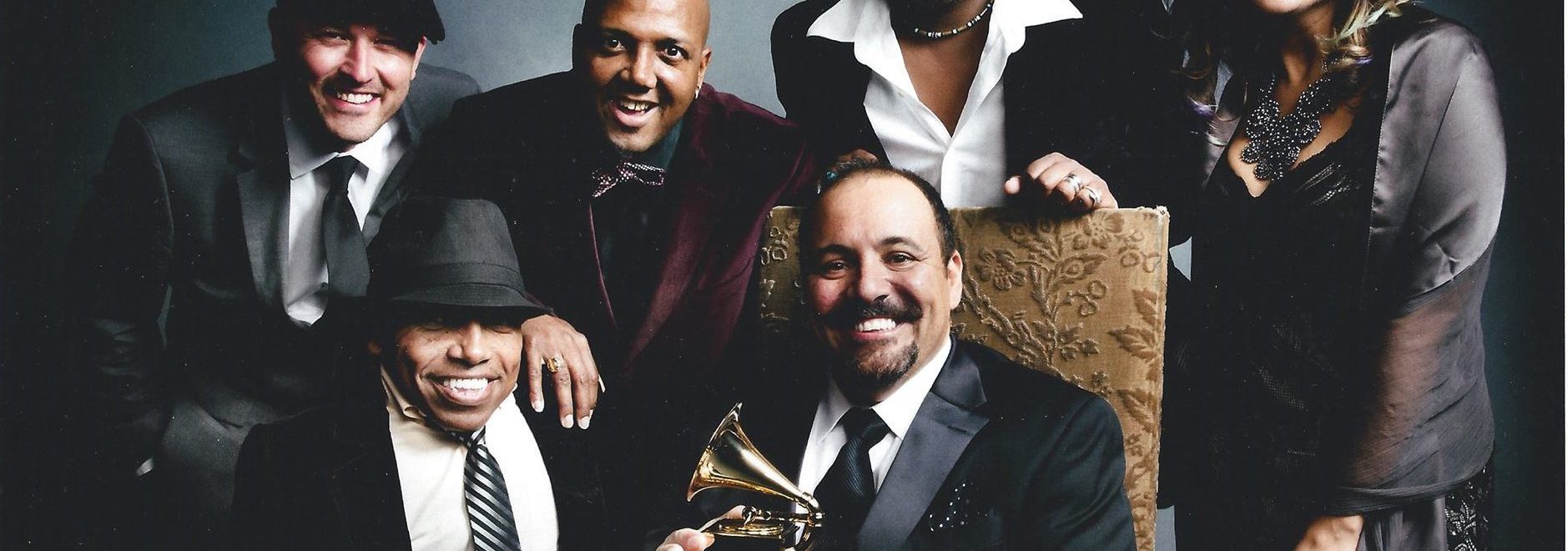NOTE: History matters. This is what being black in America looks like. Terrance has a similar story about patronizing a music venue in the country, a very similar place and was turned away with the excuse that there closed for a private party. He clearly saw white people paying a cover and turned away away to leave, until the owner spotted him, called his name, invited him and his friend in and bought them drinks.
At a club here named La Poussiere on a recent Saturday night, an all-white crowd danced to a rhythmic Cajun two-step. It is a ritual tinged with racial overtones that is found in small clubs throughout the southern part of this state, where a fusion of French and English is the dialect.
But many in the crowd at La Poussiere, which means “the dust,” as in the dust raised by dancers, have more than music on their minds. Last month the club’s owners settled a Federal discrimination lawsuit by acknowledging that they had barred blacks from the dance hall and agreeing to open it to all. Though blacks living in this region are still unlikely to frequent the club, some regulars here find even the prospect of integrated dances dismaying.
All the coloreds got their own clubs, and the whites got their own clubs,” said Archie Brasher, a retired truck driver who has attended many dances at the club with his wife. “And the coloreds don’t dance the way the whites do.”
In this part of Louisiana, known as Acadiana, the white Cajuns have lived for centuries beside the black Creoles, separated by both economic and social fault lines, including music and dance. Now those longstanding divisions are coming under attack, not so much by local residents as by blacks from other parts of the country who are being drawn here as tourists or to live.
Those visitors and newcomers are finding a land of rich traditions but one whose rules and conventions are not spelled out in guidebooks. While whites look upon clubs that feature Cajun music as their domain, blacks patronize dance halls that offer the more syncopated style of regional music known as zydeco. Bars also generally divide along racial lines. Although white tourists are welcome in many black bars and dance halls, black visitors to some white establishments can encounter hostility or can simply be turned away.
Some tourists have found those differences shocking. Two years ago, Zaldwaynaka Scott, a black Federal prosecutor from Chicago, was touring the area with two white colleagues, spending a few days as most visitors do, eating gumbo and crayfish and listening to music. Ms. Scott said that when she approached La Poussiere, which has been in operation for more than 30 years, she was turned away by an employee who said a private party was under way.
Helene Greenwald, one of Ms. Scott’s companions, said she confronted the same employee after seeing white patrons pay to enter the club and was told that Ms. Scott had been barred because of race. Ms. Greenwald, a civil rights prosecutor, got in touch with Justice Department officials. The Federal Bureau of Investigation sent agents of different races to the club and confirmed the discriminatory practices.
“It’s like a land that time forgot,” Ms. Scott said.
Under the Federal Civil Rights Act of 1964, restaurants, hotels, bars and other places of public accommodation cannot discriminate against customers because of race, color, religion or national origin. Business owners who violate the statute must often attend special classes about its requirements and face contempt proceedings if they fail to change their business practices.
A financial settlement in a separate, private lawsuit filed by Ms. Scott and her colleagues against La Poussiere is being negotiated, said Robert B. McDuff, a lawyer in Jackson, Miss., who represents them.
There is little question that race relations in an area where doctors three decades ago had separate waiting areas for whites and blacks have improved over time. Today, blacks eat in restaurants and go to clubs once closed to them, and young people of all races mix far more easily than their elders.
Even at La Poussiere here on the outskirts of Breaux (pronounced Broh) Bridge, whites and blacks have mingled each Wednesday night to play bingo. But a racial barrier was in place by Saturdays when couples gathered to dance.
Several blacks who live in the area said that they preferred to go to zydeco clubs. But Mr. Ancelet, the professor of folklore, said some whites had also strained to exclude blacks from Cajun clubs because integrated dancing and the touching it involves remains a taboo here.
“It is these very tightly closed Saturday night ritual dances that are the problem,” said Mr. Ancelet, who is white.
Dancing is only one of the potential racial flash points, however, in an area where the Ku Klux Klan holds daytime rallies and broadcasts a weekly show called “The Klan in Akadiana” on local public access television. During the show, members of the group, some of them masked, sit around a table with weapons exposed and urge viewers to be prepared for possible racial unrest, said Janice Hebert, an assistant Federal prosecutor in Lafayette.
“It’s chilling to change the channel and see that in your living room,” Ms. Hebert said. “Hooded people sitting around making offensive racial comments.”
After a protest last year by the National Association for the Advancement of Colored People, state prosecutors charged some people involved with the show under an obscure statute that bans the public wearing of masks except on occasions like Mardi Gras.
On Feb. 15, the same day the settlement involving La Poussiere was reached, the owner of a bar in Broussard, a town near here, resolved a separate Federal civil rights lawsuit, acknowledging that he had discriminated against blacks. And last year a black tourist was not allowed to participate in Mardi Gras activities in another area town, though officials there insist the incident was not racial. Blacks living in this area said they had learned to navigate around racial problems by simply not patronizing establishments where it is known they are not welcome.
“I’m trained to avoid this problem,” said Ethel Peters, a welfare office supervisor. “It’s our life style.”
But some recent arrivals are bringing different attitudes with them. Last year Debra West, a black teacher, went with two white friends to play pool at the C’est Ma Vie Lounge in Broussard after a parent-faculty volleyball game. Ms. West, who came to this area six years ago from Indiana to attend college, said the bar’s owner, Dennis Broussard, told her that he did not serve “colored people.”
“I was floored,” Ms. West said. “I had not anticipated anything like this happening during my lifetime.”
Ms. West sought out Chief Irving Flugence of the Broussard Police Department to complain about the incident. Chief Flugence said it had been well known locally for years that the lounge would not serve blacks, adding that members of the black community in Broussard had never formally complained about it.
“Most of the people around here would not have challenged it,” said Chief Flugence, who is black. “They would have just said, ‘What the hell do we need this place for?’ “
Some officials appeared worried that the recent incidents may hurt the region’s efforts to attract tourist dollars to bolster its wilted oil-based economy. Last year, a black tourist visiting Eunice, another town in the area, was barred from taking part in a traditional Mardi Gras festivity known as a courir, or run, in which costumed riders travel on horseback through the countryside.
Dr. Thomas Hillman, a local dentist who helps organize the holiday festivity, said that while local newspapers depicted the incident as racially motivated, the tourist had been prevented from riding because he was not in traditional costume.
Stephen May, publisher of The Times of Acadiana, a weekly newspaper, said efforts to explain away the incident without acknowledging the role of racial prejudice in the area rang hollow to him. “If we had one incident like this in a blue moon we’d call it an aberration,” said Mr. May, who is white. “But we’ve had three incidents like this over a year or so, and we have to face the fact that we have a problem.”
In a bid to avoid a repeat of the episode, the town published the rules that participants in its Mardi Gras courir must follow. “It was a misunderstanding, and everyone is welcome here,” Mr. Hillman said.
Whether other communities and establishments are ready to adopt the same attitudes even after the recent Federal lawsuits is open to question. At the C’est Ma Vie Lounge, a new manager has converted the bar into a restaurant and has posted a sign welcoming African-Americans, Chief Flugence said.
On a recent Saturday night at La Poussiere, several patrons in the older, all-white crowd said they had little interest in seeing any changes in the racial mix.
Raoul Bainraul, a retired driver, said he was concerned that there might be violence if blacks came to La Poussiere. “I don’t know,” said Mr. Bainraul, who has attended dances at the club for about 30 years. “I don’t know what I’m going to do.”
Given regional tastes in music, it is unlikely La Poussiere will attract many area blacks. But Ms. Scott said that was not the issue.
“This place was listed in a guidebook and in a magazine as a place to listen to good music, giving the impression that it was open to all,” she said. “It’s good for people to know that they don’t have to put up with these kind of things.”
Chief Flugence said he believed that the recent lawsuits could have a positive effect. He was up for election at the time of the incident at the C’est Ma Vie Lounge and said that while he was warned by some older whites not to push the case, he won the election handily.
“I wish more people down here would do what she did,” he said, referring to Ms. West. “It brings harmony to a community.”


